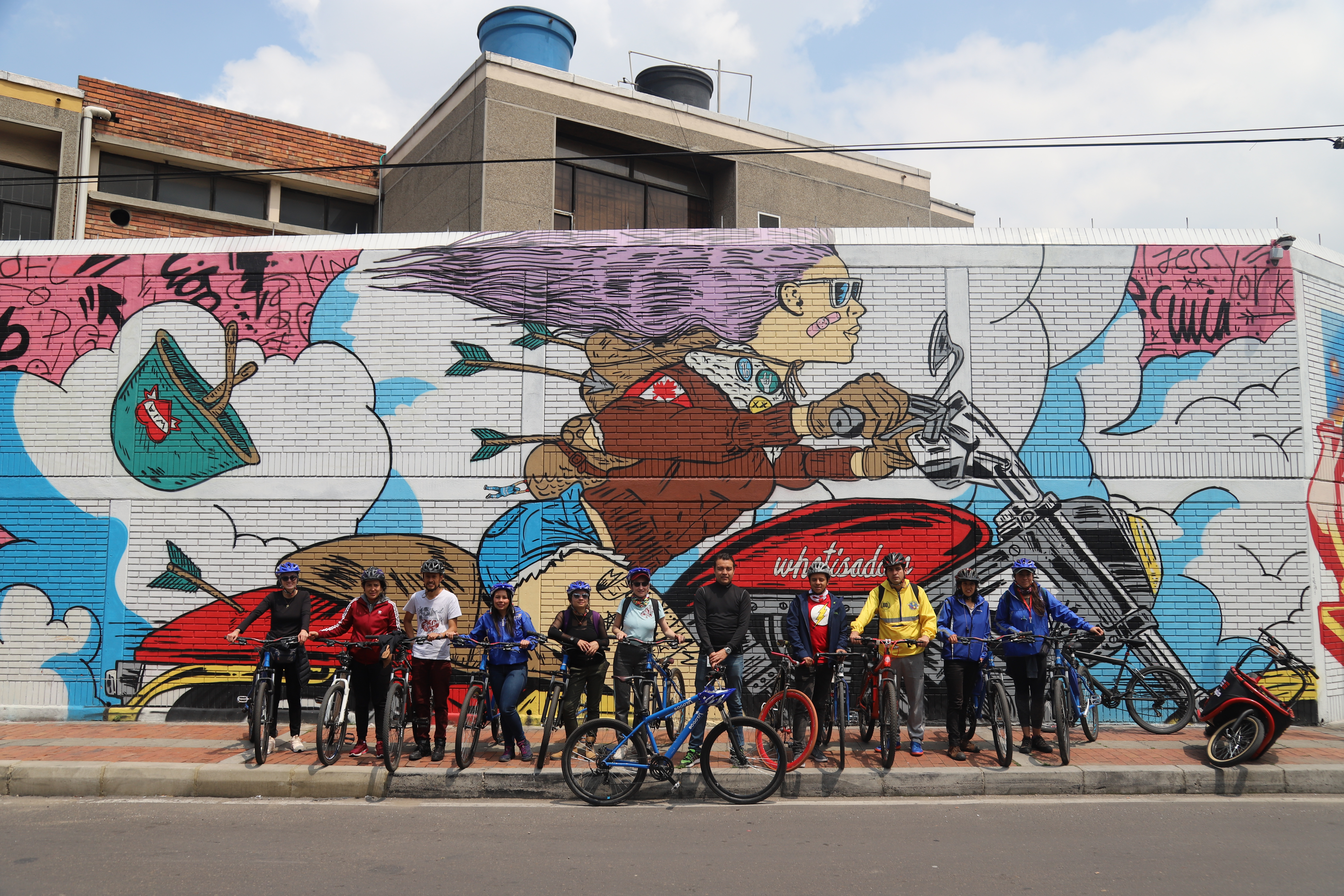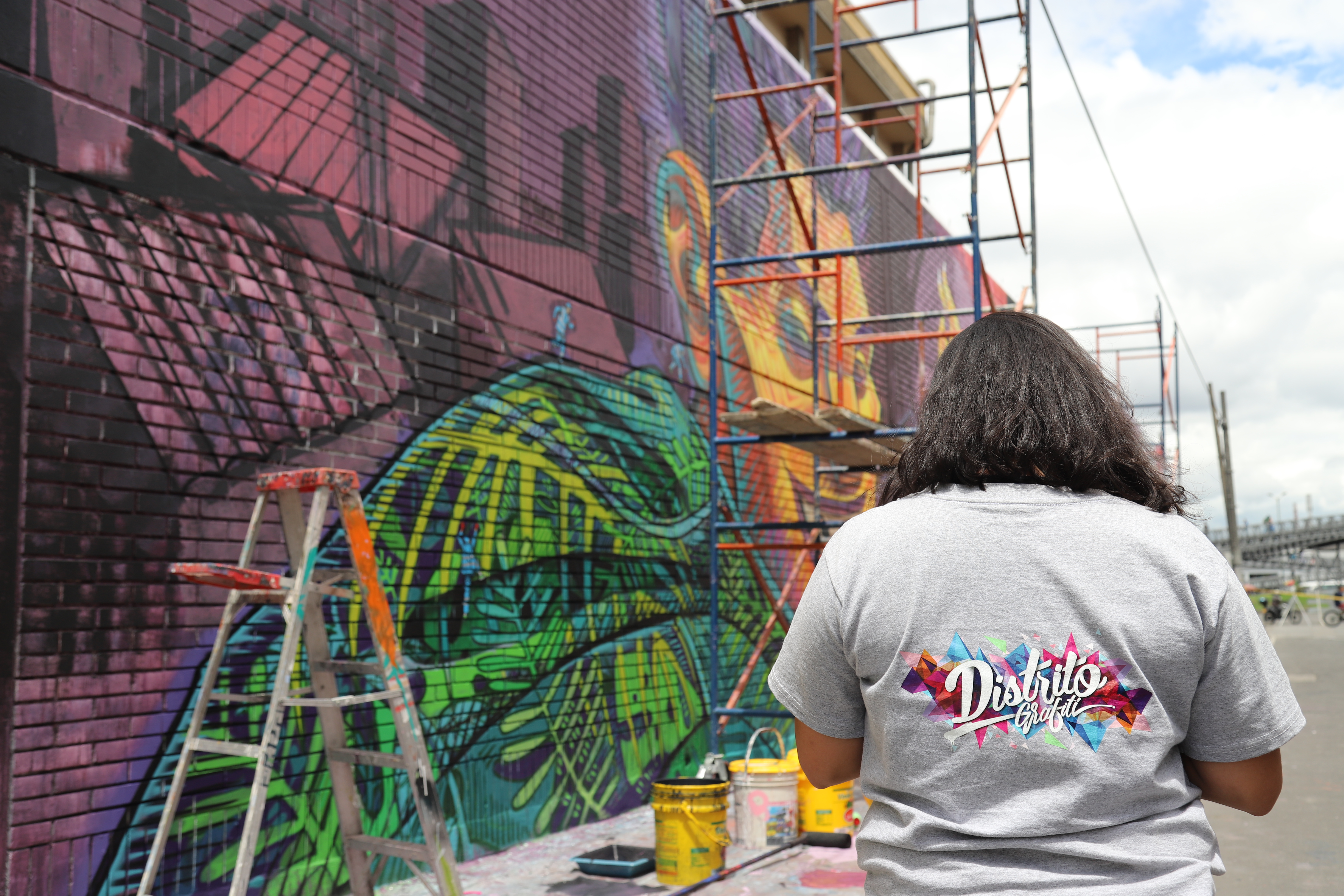Size and population development
The city of Bogotá has a total population of 8,080,734, while its metropolitan area has a population of over 10,700,000. (world population review 2018)
Population composition
The 2005 census put the population density for the city at approximately 4,310 people per square kilometer. The rural area of the capital district only has about 15,810 inhabitants. The majority of the population is European or of European-mixed descent. The people of mixed descent are those of Mestizo origin. There is a small minority of Afro-Colombian and Indigenous people as well. The city has recorded significant growth for a number of years and is still growing at a rate of 2.65%, this is largely due to internal migration. Historically, Bogota’s main religion was Roman Catholic and the city is the seat of the Roman Catholic Archdiocese. In the most recent census, a large portion of the population declared they are non-practicing. (world population review 2018)
Main functions
Bogotá lies in central Colombia and is 2,640 metres about sea level in the Northern Andes Mountains. It is the capital and largest city of Colombia and the educational, cultural, commercial, administrative, financial, and political center. Bogotá is a territorial entity and has the same administrative status as the Departments of Colombia.
Main industries / business
Bogotá is the headquarters for all major commercial banks, and the Banco de la República, Colombia's central bank as well as Colombia's main stock market. As the capital city, it houses a number of government agencies including the national military headquarters and is the center of Colombia's telecommunications network. Additionally, most companies (domestic and international) in Colombia have their headquarters in Bogotá. Bogotá is a major center for the import and export of goods for Colombia and the Andean Community in Latin America and is the home of Colombia's tire, chemical, and pharmaceutical industries. Bogotá is the hub of air travel in the nation and the home of South America's first commercial airline Avianca (Aerovías Nacionales de Colombia). Railroads connect Bogotá with the Caribbean coast to the north and via (Puerto Beriro) with the Pacific coast to the west. Bogotá is on the Colombian section of the Pan-American and Simón Bolívar highways and has road connections with all major Colombian cities.
Sources for city budget
The City of Bogotá draws its budget for public expenditure largely from taxes, fees, fines, operating revenues.
Political structure
Bogotá, as the capital of the Republic of Colombia, houses the executive branch (Office of the President), the legislative branch (Congress of Colombia) and the judicial branch (Supreme Court of Justice, Constitutional Court, Council of State and the Superior Council of Judicature) of the Colombian government.
Administrative structure
The Mayor of Bogotá and the City Council, both elected by popular vote, are responsible for city administration. The City is divided into 20 localities and each of these is governed by an administrative board elected by popular vote, made up of no fewer than seven members. The Mayor designates local mayors from candidates nominated by the respective administrative board.
Website
http://www.bogota.gov.co/

